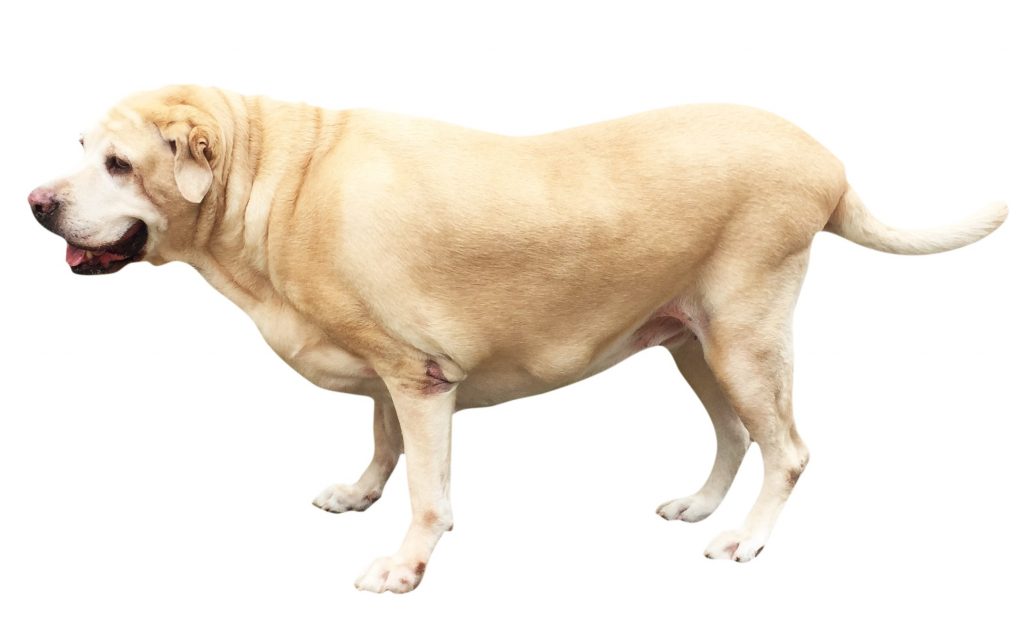Hip Dysplasia Explained
03/10/2016
Hip Dysplasia is a complex genetic disease generally affecting larger and giant breeds of dog. Regular readers of our breed profiles may have spotted it several times amongst the potential health issues. We thought a more comprehensive article on the subject might be useful. We’ve also asked Helen Murray, Chief Veterinary Nurse at King’s Road Vets, in Sunderland, for her expert knowledge on the subject.
What is hip dysplasia?
Hip dysplasia is a genetic disease involving the hip joints. An abnormal hip joint combined with a laxity of the muscles, connective tissue and ligaments that usually support the joint create a subluxation (separation of two bones within a joint) of the hip joint over time. Dogs that inherit the condition often start out life with ‘normal’ hips. However the genetic composition of the joint and surrounding tissues eventually leads to subluxation. External factors can exacerbate this separation leading to worsening of the condition.
What are the risk factors of hip dysplasia?
Genetics is undoubtedly the root cause of the condition. Whilst hip dysplasia can affect any breed, it tends to be larger breeds that are particularly susceptible. Breeds often seen at King’s Road Vets with hip dysplasia are German Shepherd, Labrador and Retriever. Nutrition and exercise also play a part in the severity of hip dysplasia however. Studies have shown that rapid growth in puppies as well as obesity have a huge effect on the hip joints of dysplastic dogs. Exercise is naturally important in maintaining a healthy weight, but it can be detrimental to exercise young dogs too much whilst their joints are still developing. High impact exercise that involves lots of jumping should be avoided when all dogs are very young and generally in dysplastic dogs.
What are the symptoms of hip dysplasia? How does a vet diagnose the condition?
Helen notes that the main symptoms are:
- an abnormal gait
- lameness
- pain
- stiffness when rising from lying down or resting
- reluctance to exercise, climb stairs or jump
- loss of muscle tone as condition progresses
A vet would perform a physical examination to check for abnormalities in the joints. X-rays would follow to confirm the diagnosis.
How do you treat or alleviate hip dysplasia? Is there any way of preventing it?
Many thanks to Helen Murray, King’s Road Vets for her help with this article. Any dog owners with concerns about their dog’s joints or any other health issues should always consult an experienced, qualified vet.



